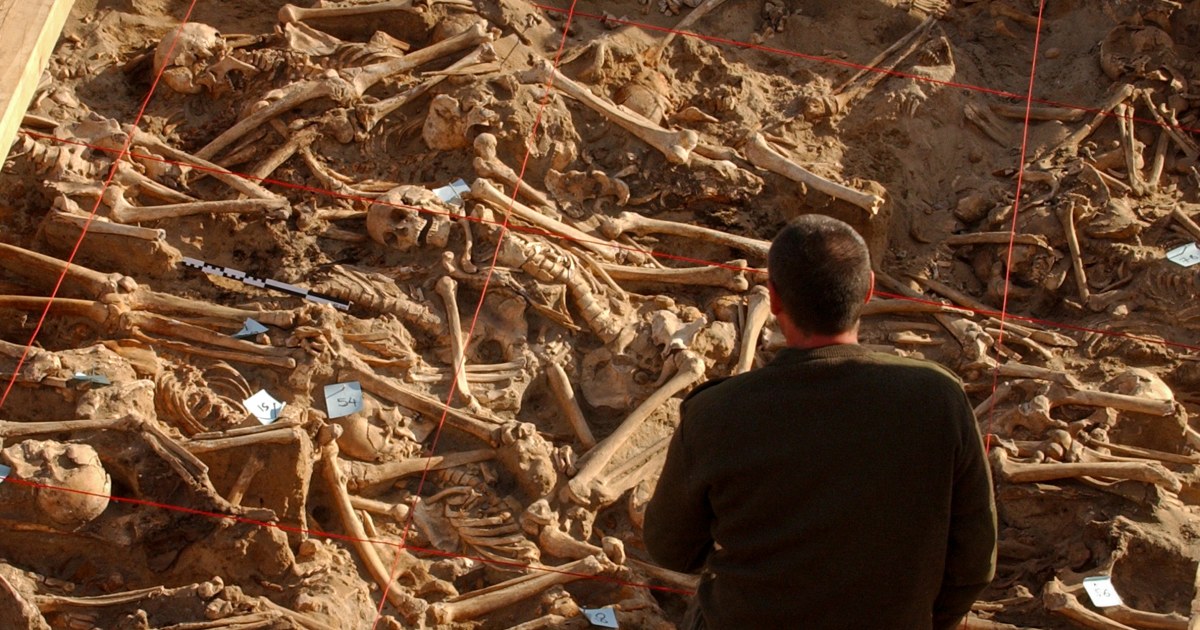The retreat of Napoleon Bonaparte’s army from Russia in 1812 was marked not only by military defeat but also by devastating health crises. Recent research has revealed that two previously undocumented pathogens contributed significantly to the collapse of the famed Grande Armée. Analysis of ancient DNA from soldiers’ remains has provided insights into the microbial threats they faced during this catastrophic retreat.
Uncovering Pathogens in Historical Context
The study, conducted by a team at the Institut Pasteur and published in the journal Current Biology, focused on the dental remains of 13 soldiers discovered near Vilnius, Lithuania. The head of the microbial paleogenomics unit, Nicolás Rascovan, stated that while typhus was long believed to be the primary disease affecting the army, the team identified two other significant pathogens. Using advanced shotgun sequencing techniques, they confirmed the presence of Salmonella enterica, associated with paratyphoid fever, and Borrelia recurrentis, which causes relapsing fever.
These findings indicate that the conditions faced by the soldiers—marked by poor sanitation and hygiene—created a fertile ground for these diseases to thrive. Historical accounts of the symptoms reported by soldiers, including fever and diarrhea, align with the pathogens identified in this study.
Impact of Microbial Diseases on Troops
The researchers propose that a combination of fatigue, exposure to cold, and multiple diseases, including paratyphoid fever and louse-borne relapsing fever, likely contributed to the deaths of many soldiers. Although relapsing fever is not always fatal, it could severely weaken those already exhausted by harsh conditions.
In contrast to a previous study from 2006, which found traces of typhus and trench fever in a limited number of individuals, Rascovan noted that their research offers a broader understanding of the infectious diseases that plagued the army. “Finding four different pathogens in such a number of individuals shows a high prevalence of infectious diseases of all kinds,” he explained.
By the end of the retreat, an estimated 300,000 soldiers had perished, illustrating the devastating impact of not only warfare but also the unseen enemy of infectious diseases. This research sheds light on the critical role that pathogens played in one of history’s most infamous military disasters, emphasizing that even great leaders are not immune to the ravages of microbes.






